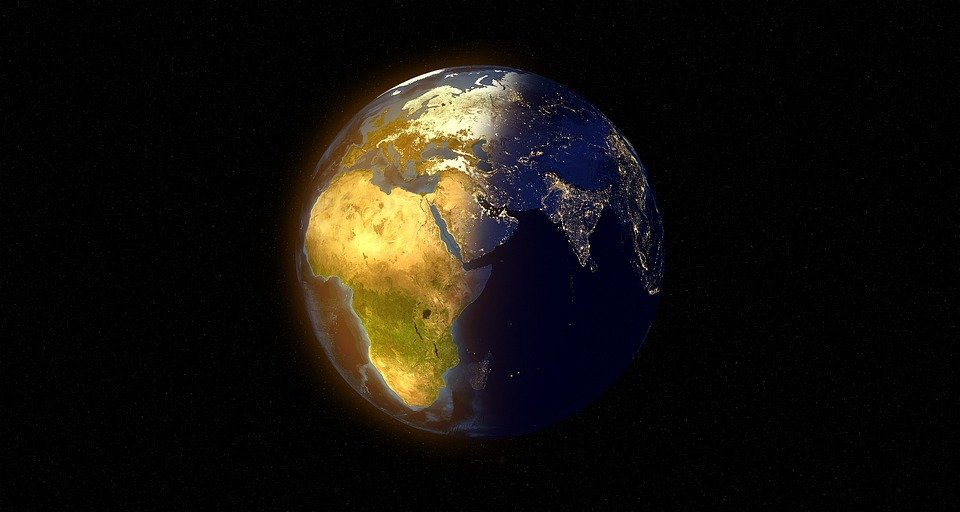Breaking the Boundaries: How Causality Shapes the Fabric of Time and Space
Introduction
Time and space have long been subjects of fascination for scientists, philosophers, and thinkers alike. The concept of causality, which refers to the relationship between cause and effect, plays a crucial role in shaping our understanding of the fabric of time and space. In this article, we will explore how the notion of causality breaks the boundaries of our traditional understanding and influences the very essence of our reality.
The Interplay between Causality, Time, and Space
Causality is a fundamental principle that governs the order and flow of events in the universe. It establishes a link between a cause, an action, and its corresponding effect. Causality is intimately intertwined with the concepts of time and space, as it provides a framework for understanding the progression of events and the relationships between them.
Time, often referred to as the fourth dimension, is a measure of the duration between events. It allows us to experience and perceive the unfolding of causally connected phenomena. Time provides the context within which causality operates, enabling cause-and-effect relationships to occur and unfold.
Space, on the other hand, refers to the three-dimensional expanse in which objects and events exist. It provides the stage for causal interactions to take place. Without space, there would be no physical realm for cause and effect to manifest.
The interplay between causality, time, and space is intricate and profound. Causality relies on the existence of both time and space, while time and space, in turn, are shaped and influenced by causally connected events.
The Fabric of Time and Space
Our understanding of the fabric of time and space has evolved significantly over the centuries. From Newton’s classical physics to Einstein’s theories of relativity, our comprehension of the nature of time and space has been revolutionized.
Einstein’s theory of general relativity introduced the concept of spacetime, a unified framework that combines the dimensions of time and space into a single entity. According to this theory, massive objects, such as planets or stars, curve the fabric of spacetime, causing the path of light and matter to follow curved trajectories.
This curvature of spacetime demonstrates the intimate connection between causality and the fabric of our universe. The presence of mass creates gravitational forces, which can influence the flow of time and the shape of space. Causally related events can be affected by the curvature of spacetime, altering their perceived order or even their occurrence.
Breaking the Boundaries: Causality and Nonlinear Time
Traditionally, we perceive time as a linear progression from past to present to future. However, certain phenomena challenge this linear perspective and blur the boundaries of causality.
In quantum mechanics, for instance, particles can exhibit behaviors that seem to violate the expected cause-and-effect relationships. Quantum entanglement, where particles become linked in such a way that the state of one particle instantly affects the state of another regardless of the distance between them, challenges our traditional understanding of causality.
Furthermore, some theories propose the existence of closed timelike curves, which would allow for time travel into the past. If such curves exist, events could be influenced by their own outcomes, creating a loop where cause and effect become intertwined and potentially leading to paradoxes.
These examples highlight the malleability and complexity of causality within the fabric of time and space. The boundaries of our understanding are continuously pushed, inviting us to explore new possibilities and challenge conventional notions.
FAQs
Q: How does causality shape our daily lives?
A: Causality governs the sequence of events in our daily lives. It allows us to understand the consequences of our actions, make predictions, and learn from past experiences. Causality plays a vital role in shaping our decision-making processes and understanding the world around us.
Q: Can causality be violated?
A: Traditional causality, as we understand it, is a fundamental principle of our universe. However, certain phenomena, like quantum entanglement or the existence of closed timelike curves, challenge our conventional understanding of causality. While these examples may appear to violate causality, they also prompt us to reconsider the boundaries of our knowledge.
Q: What are the implications of breaking the boundaries of causality?
A: Breaking the boundaries of causality could have far-reaching implications. It may lead to new scientific discoveries, such as a deeper understanding of quantum mechanics or the possibility of time travel. It could also challenge our philosophical and ethical beliefs, forcing us to rethink concepts like free will and determinism.
Q: How does our perception of time affect our understanding of causality?
A: Our perception of time influences how we interpret causality. The linear progression of time shapes our understanding of cause and effect. However, as we delve deeper into the complexities of time and space, our perception may need to evolve to accommodate non-linear or even multi-dimensional aspects of causality.
Q: Are there practical applications of studying the interplay between causality, time, and space?
A: Understanding the interplay between causality, time, and space has practical applications in various fields. For example, in physics, it helps explain the behavior of particles in quantum mechanics or the effects of gravity on space and time. It also has implications for fields like philosophy, psychology, and even science fiction, where concepts of time travel and alternate realities are explored.
Conclusion
Causality is a foundational principle that shapes the fabric of time and space. It intertwines with our understanding of time and space, influencing the order and progression of events in the universe. As we break the boundaries of traditional causality, we confront new possibilities and challenges that expand our knowledge and perception of reality. Exploring the interplay between causality, time, and space opens doors to scientific, philosophical, and ethical inquiries that push the boundaries of human understanding.

